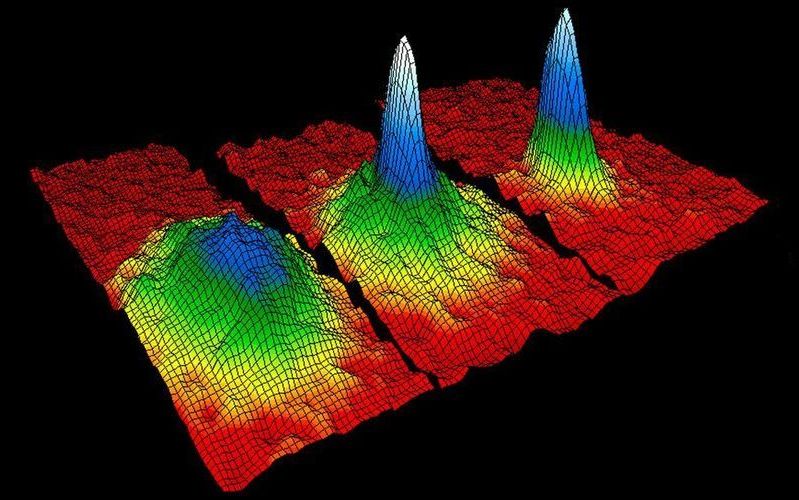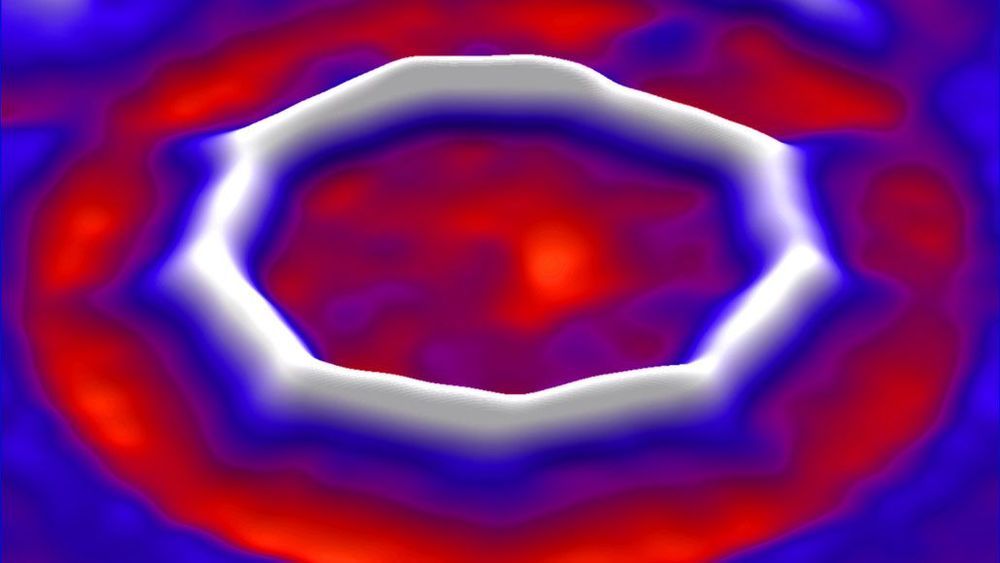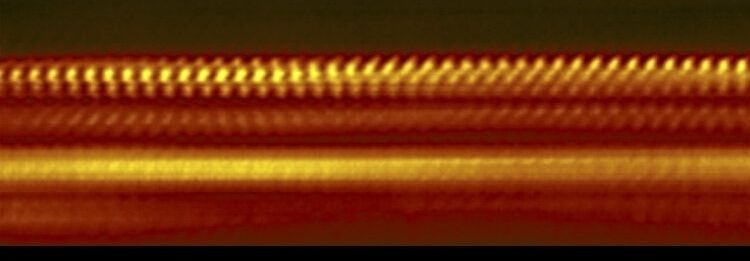Aug 20, 2019
Team develops robust molecular propeller for unidirectional rotations
Posted by Genevieve Klien in categories: biological, particle physics
A team of scientists from Ohio University, Argonne National Laboratory, Universitié de Toulouse in France and Nara Institute of Science and Technology in Japan led by Ohio Professor of Physics Saw-Wai Hla and Prof. Gwenael Rapenne from Toulouse developed a molecular propeller that enables unidirectional rotations on a material surface when energized.
In nature, molecule propellers are vital in many biological applications ranging from the swimming bacteria to intracellular transport, but synthetic molecular propellers, like what has been developed, are able to operate in harsher environments and under a precise control. This new development is a multiple component molecular propeller specially designed to operate on solid surfaces. This tiny propeller is composed of three components; a ratchet shape molecular gear as a base, a tri-blade propeller, and a ruthenium atom acting as an atomic ball bearing that connects the two. The size of the propeller is only about 2 nanometers (nm) wide and 1 nm tall.
“What is special about our propeller is its multi-component design that becomes chiral on the gold crystal surface, i.e. it forms right- or left-tilted gears,” said Hla. “This chirality dictates the rotational direction when energized.”

















